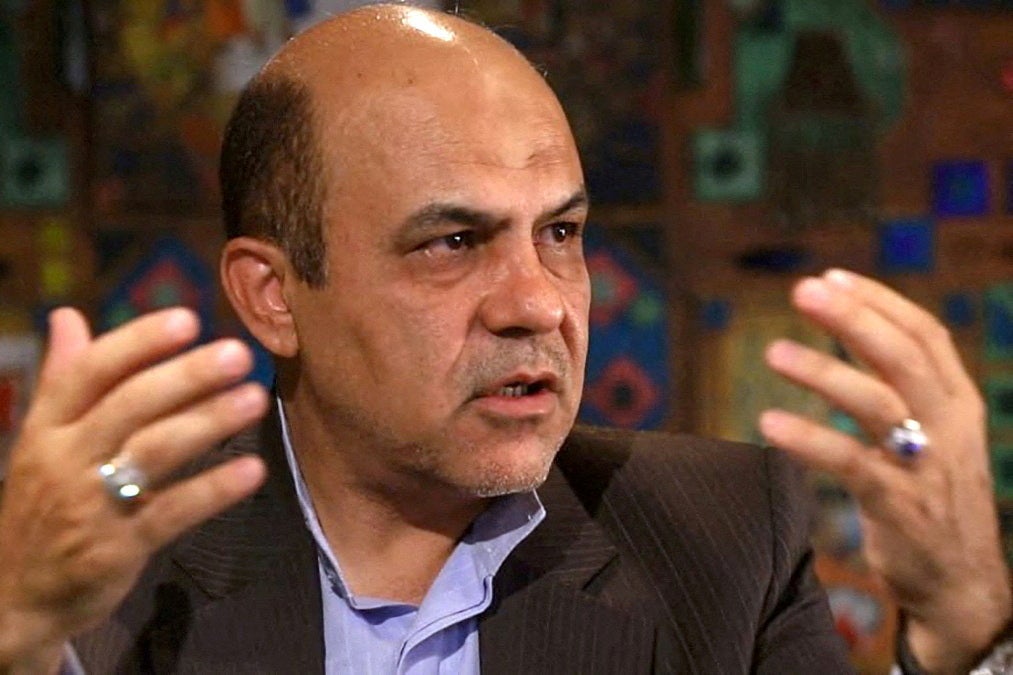“We know that there are militants that use these locations, IRGC as well as Iranian-aligned militia group personnel,” Sims said. “We made these strikes tonight with an idea that there there would likely be casualties associated with people inside those facilities.”Syrian state media reported that there were casualties but did not give a number. The UK-based Syrian Observatory for Human Rights reported that 18 militants were killed in the Syria strikes.Iraqi army spokesman Yahya Rasool said in a statement that the city of al-Qaim and areas along the country’s border with Syria had been hit by U.S. airstrikes. The strikes, he said, “constitute a violation of Iraqi sovereignty and undermine the efforts of the Iraqi government, posing a threat that will pull Iraq and the region to undesirable consequences.”Kirby said that the US alerted the Iraqi government prior to carrying out the strikes.The assault came came just hours after Biden and top defense leaders joined grieving families to watch as the remains of the three Army Reserve soldiers were returned to the US at Dover Air Force Base in Delaware.Just Friday morning, Iran’s hard-line President Ebrahim Raisi reiterated earlier promises by Tehran to potentially retaliate for any US strikes targeting its interests. We “will not start a war, but if a country, if a cruel force wants to bully us, the Islamic Republic of Iran will give a strong response,” Raisi said.In a statement this week, Kataib Hezbollah announced “the suspension of military and security operations against the occupation forces in order to prevent embarrassment to the Iraqi government.” But that assertion clearly had no impact on US strike plans. Harakat al-Nujaba, one of the other major Iran-backed groups, vowed Friday to continue military operations against U.S. troops.The US has blamed the Islamic Resistance in Iraq, a broad coalition of Iran-backed militias, for the attack in Jordan, but hasn’t narrowed it down to a specific group. Kataib Hezbollah is, however, a top suspect.Some of the militias have been a threat to US bases for years, but the groups intensified their assaults in the wake of Israel’s war with Hamas following the Oct. 7 attack on Israel that killed 1,200 people and saw 250 others taken hostage. The war has led to the deaths of more than 27,000 Palestinians in the Gaza Strip, and has inflamed the Middle East.Iran-backed militia groups throughout the region have used the conflict to justify striking Israeli or US interests, including threatening civilian commercial ships and US warships in the Red Sea region with drones or missiles in almost daily exchanges.Speaking to reporters on Thursday, Defense Secretary Lloyd Austin said “this is a dangerous moment in the Middle East.” He said the US will take all necessary actions to defend its interests and people, and warned, “At this point, it’s time to take away even more capability than we’ve taken in the past.”As of Tuesday, Iran-backed militia groups had launched 166 attacks on US military installations since Oct. 18, including 67 in Iraq, 98 in Syria and now one in Jordan, according to a US military official. The last attack was Jan. 29 at al-Asad airbase in Iraq, and there were no injuries or damage.
Source link
US launches air attack on dozens of sites in Iraq and Syria, retaliating for fatal drone attack in Jordan





